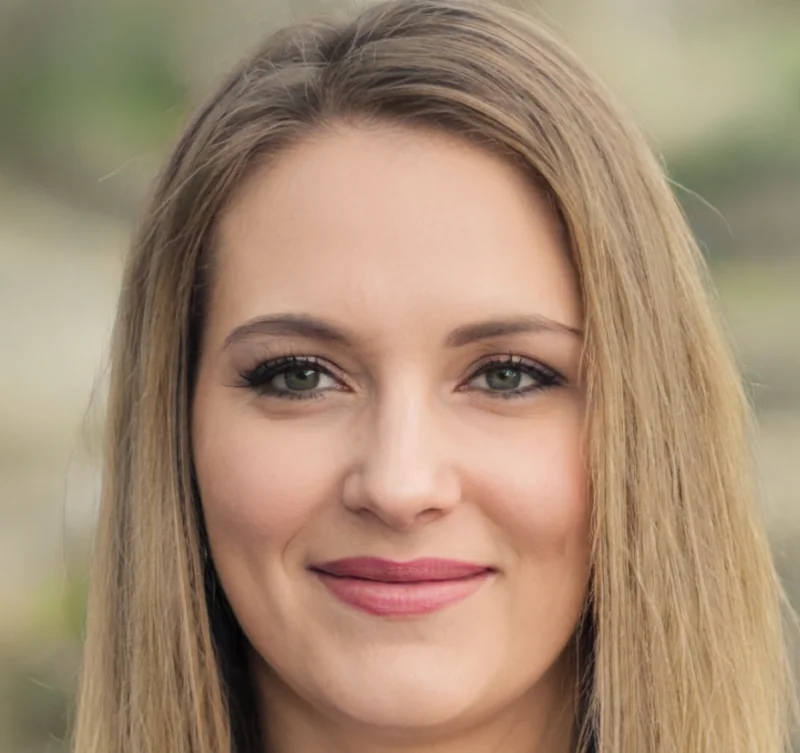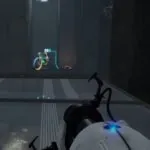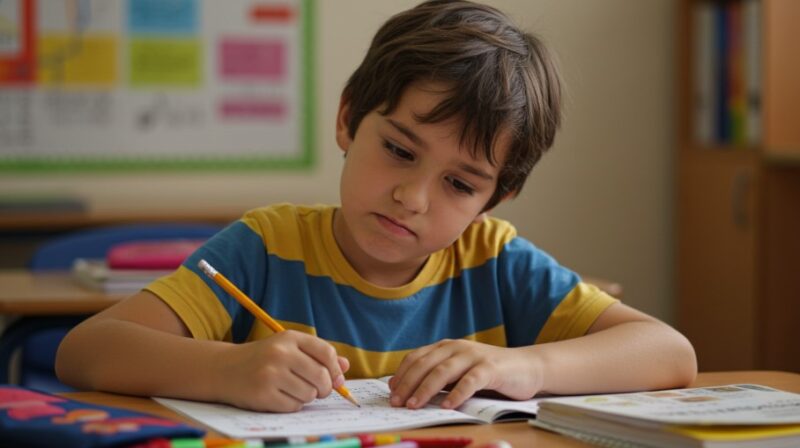
Share Post:
Many children believe they are not good at math. That belief often starts early, after one tough lesson or a confusing test. A mistake turns into a label. But that label does not belong. Math skill is not something you are born with or without. It grows.
Every question you try, every mistake you fix, every time you say, “Let me look again,” your brain builds new paths. You are never stuck in one place. You are always building something stronger.
Math problems often look scary at first. A big page of numbers feels like a wall with no door. But every wall has a way through. Each math problem is a puzzle with clues hidden inside. You do not need to solve it fast. You only need to notice patterns, test ideas, and keep your mind steady.
No one gets it all right the first time. But the kids who keep solving become the kids who feel strong. That strength belongs to anyone who decides to try again.
Why One Bad Test Does Not Define You
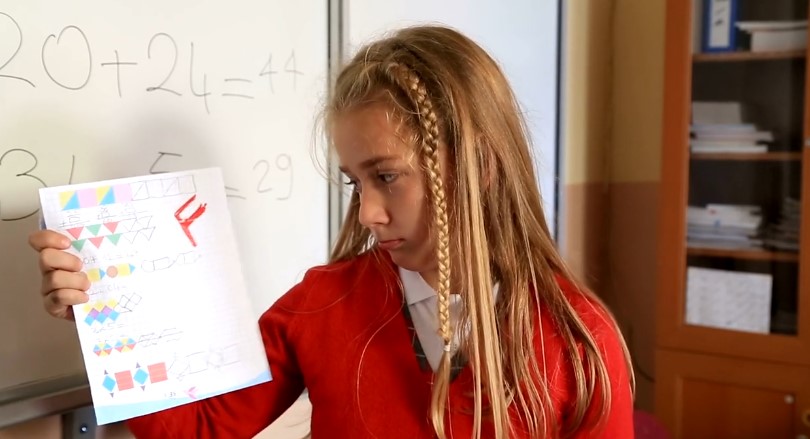
A math score shows what happened in one situation. It does not carry power beyond that paper. Many students get low marks early. They begin to believe that math belongs to someone else. That belief spreads. It sits in the background. Teachers move on. Parents speak without care. The student accepts a limit that never existed.
That belief does not grow out of truth. It grows out of silence. No one stops to explain what a test result actually means. No one says that a low score is a signal, not a sentence. The silence turns a number into a label.
Pressure Creates Distance
Students often feel rushed during tests. Time pressure changes how the brain reacts. A blank space or a missed step feels permanent under a clock. One skipped question leads to three. The final number feels like a statement about the person.
Many schools rely on fixed schedules. Curriculum deadlines leave no room for repair. The next unit arrives before the last one made sense. A score gets locked into a report card. No one circles back. That process feeds the belief that some kids are built for math and others are not.
Skill Never Belongs to the Past
Every skill stays in motion. A missed concept in fifth grade does not control what happens in sixth. The student who solves one equation today builds more skill than the one who gave up last week. Growth has no fixed start point.
Dr. Carol Dweck led a multi-year study with middle school students. She and her team measured how beliefs about ability changed math results. Students who learned that effort changed the brain raised their scores more than those who only followed standard lessons.
- Source: Blackwell, Trzesniewski, Dweck (2007), Child Development
Brains Grow With Every Problem You Try
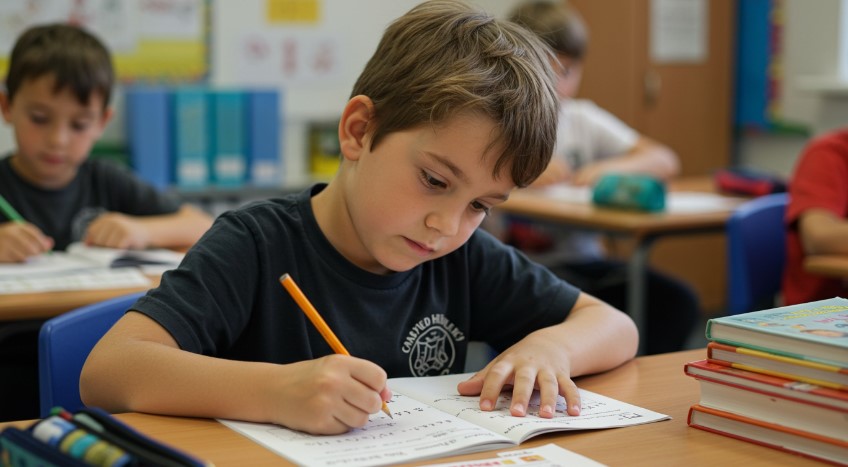
Math skill does not belong to a fixed group. It does not stay tied to birth or early test scores. Every time a student engages with a hard problem, the brain reacts. That reaction creates changes in how information flows. No one sees it happen, but the process builds over time. The growth comes from the act of effort, not from talent.
Each attempt strengthens the path between problem and strategy. Each correction forms a new connection. A mistake forces a deeper look. A slow try pushes focus. The brain builds on all of it.
MRI Evidence of Change in Real Time
A 2016 study published in Brain Structure and Function tracked how children’s brains changed during a two-month math tutoring program. The researchers used diffusion tensor imaging (DTI), a form of MRI that maps white matter pathways. They focused on children aged 7 to 9. Each child worked through structured arithmetic problems across multiple sessions.
The scans showed that as children improved at solving math problems, one white matter tract in particular—the left superior longitudinal fasciculus—grew stronger. That tract links areas of the brain involved in language, attention, and reasoning. That’s why math is good for your future development.The researchers found a clear link between improvement in math performance and changes in brain structure.
One Problem Can Rewire a Habit
A teacher gives this problem:
The student tries. Fails. Writes it out. Tries again. On the fourth attempt, they find the logic. That chain of trial and error rewires how they handle multi-step processes. The gain does not come from the answer. It comes from the process.
Effort drives growth. The problem does not need to be solved in one minute. It needs to be faced. A student who keeps trying builds more than skill. They build access to their own thinking.
Mistakes Build Strength, Not Shame

Mistakes create a clear path forward. Every time a student gets a problem wrong, the brain marks that point. It forces attention. It forces action. Mistakes are not proof of failure. They are proof of work in motion.
Correct answers feel nice. Wrong answers do more. They show exactly what needs to change. That level of feedback has real value. A mistake cuts through the noise. It points to the skill that matters next.
Fix First, Then Repeat
Do not toss the paper. Keep the mistake. Write it again on a clean sheet. Mark the exact part that broke down. Now fix it with clear steps. Then find a similar problem and solve that one without looking back.
Repetition with awareness builds memory. Not just by doing the same thing over and over, but by correcting the error in a fresh setting.
Good Struggle Looks Like This
- The answer is unclear
- You try anyway
- You pause and rethink
- You change the steps
- You test a new pattern
- You reach a solution
Math Is a Puzzle, Not a Race

Fast does not mean smart. Speed rewards recall. It does not test reasoning. Many students feel pressure to finish quick. That pressure creates panic. It turns a simple task into a threat.
Puzzles do not rush. Puzzles invite. They wait for the person to stop, observe, and test. Math works the same way. The answer does not reveal itself to the fastest person. It shows up when the right question gets asked.
A Problem Has Clues Inside
Look at the parts. Circle the numbers. Underline the question. Sketch a rough path. Try the first operation. Does it make sense? If not, back up and try a different angle.
Most problems do not require deep tricks. They require patient steps. Scan, attempt, correct, and test again.
Time Pressure Blocks Reasoning
Timed tests reward short memory. They do not reward logic. The students who take more time often get more right, even if they finish fewer problems. Real progress shows in the method, not the clock.
The Kids Who Try Again Get Stronger
Some students keep going. They do not get it all right. They do not fly through worksheets. But they keep at it. Every retry adds weight. That weight becomes muscle.
It is not talent. It is not natural gift. It is the grind. The student who gets stuck, tries again, fixes the mistake, and repeats the pattern will grow stronger than the student who skims and guesses.
Real Strength Builds Quietly
Progress in math does not explode. It rises in small steps. One hard problem turns into one solved problem. Ten tries turn into five wins. That pattern continues. Nothing flashy. Nothing fast. Just steady weight added over time.
You do not see the change at first. Then one day the problem looks less scary. That shift means the work already happened.
What Retrying Looks Like
- You miss a step
- You pause instead of quitting
- You fix the step
- You solve again
- You mark the win
- You face the next one
Conclusion
Math skill rises through action that continues past the first failure, not through background or quick understanding. Every step a student takes toward a problem they once avoided creates a change that can never be erased. A single correction leads to more control. A single moment of focus becomes a piece of real progress. The students who move forward do so because they choose to stay with the problem longer than others would.
Related Posts:
